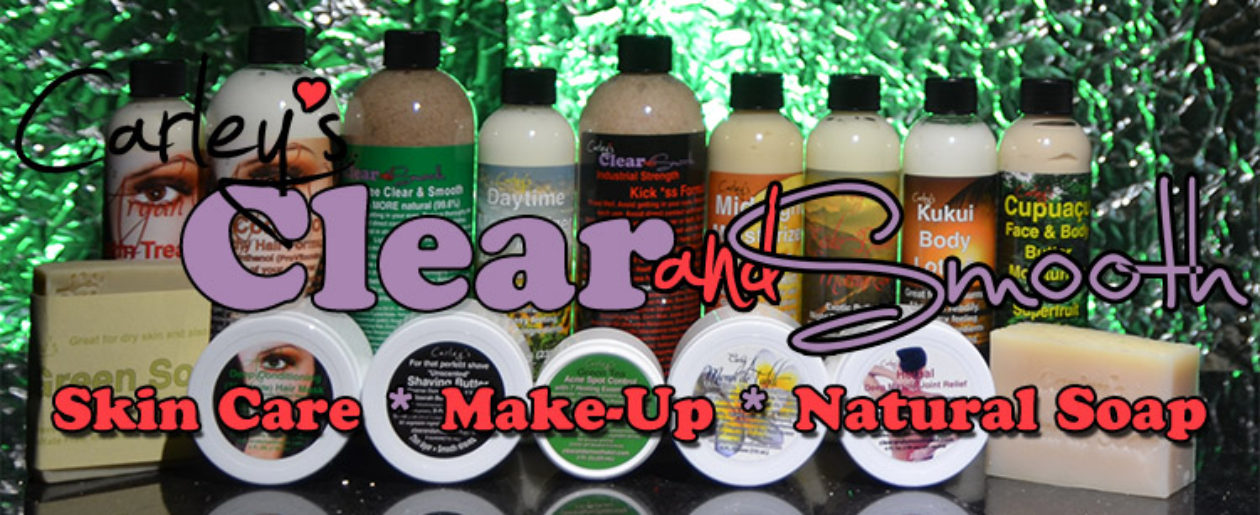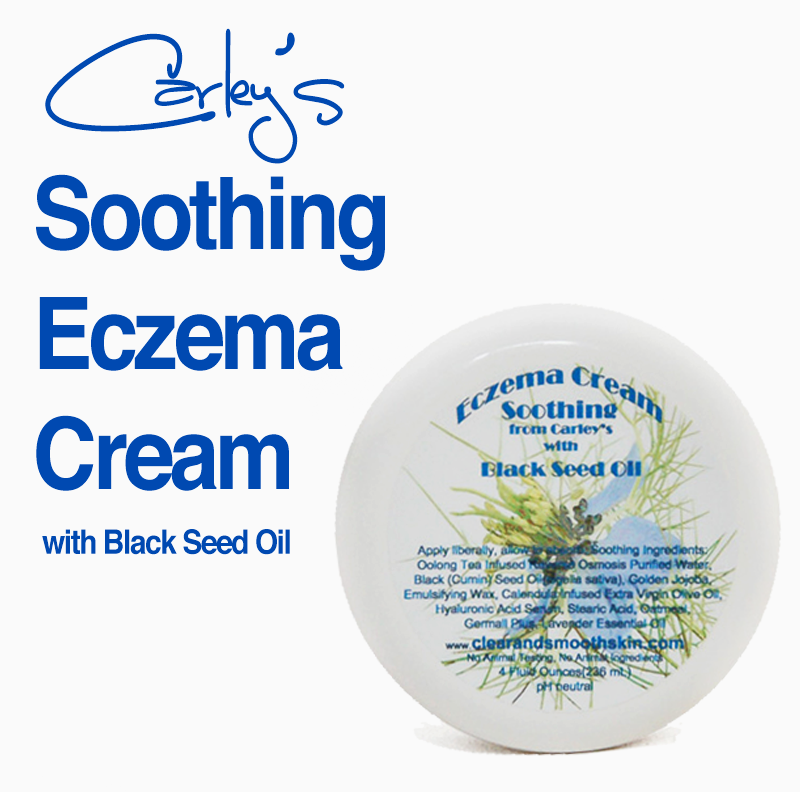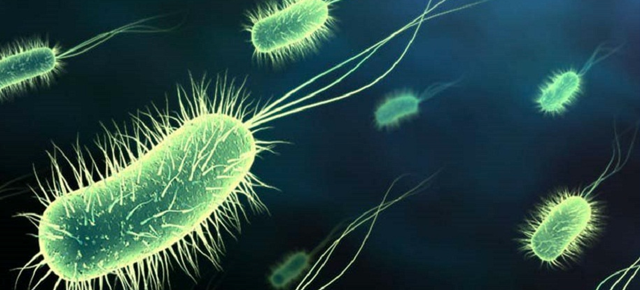When it comes to skin issues, the most frustrating ones are usually the most persistent:
- How did I get this skin rash?
- What am I allergic to now?
- Why won’t those bumps on my arms go away?
At least with breakouts you know what you’re dealing with. That rash on your neck can be caused by a thousand things you come in contact with everyday. Most supposed dermatologists and skincare experts couldn’t even name the exact cause or solution to your skin irritation problems (at least not on the first try).
That’s why we took a look at some essential ingredients and found one in particular that caught our eye – Black Seed Oil.
Used all the way back in ancient Egypt, this oil came from something called the “seed of blessing” for a reason. They even found this oil in the Pharaoh Tutankhamun’s tomb! The famous Greek physician Dioscorides used Black Seeds to treat headaches and toothaches. There’s a common saying that Black (Cumin) Seed cures every disease but death itself. Over 40 health conditions are said to benefit from the use of this herb.
If over 40 conditions can benefit from this oil then why not use this ingredient to crack the mystery of that persistent rash? Or those annoying bumps on your arms?
We think we found a pretty good solution that seems to be working for customers. Carley’s Eczema Cream has helped countless customer’s psoriasis, itchy bumps, red areas, rashes and more. It’s the “Wildcard” of the Carley’s pack and really one of our favorite products out there.
Products mentioned:
Carley’s Soothing Eczema Cream w/ Black Seed Oil
Reviews
“My 12 yr old son has really dry skin, sandpaper like, on his arms and legs. We started using the eczema creme and what a difference! I don’t even have to remind him anymore to “put lotion on” because it works and he knows it. Because it doesn’t have a strong smell it is also ok for a boy. LOVE LOVE LOVE this product and many of your others. My skin is also very dry and it is great to have a lotion that makes it feel better.” -Betsy
“of all the free samples you sent (and I did try them all) was the item I just ordered (Black Seed ointment?) My skin improved ALOT until I ran out of the sample, Now I am beginning to get eruptions on my lower arms and lower legs and on the side of my face. This is not just acne. I have been fighting this buger for 13 months!. Have spent a fortune on doctors, and tests. NONE of them know what to do. They really don’t know what it is, so they’re calling it stress! WHAT IS STRESSFUL IS LOOKING LIKE A LEPER & ITCHING SO BAD AT NIGHT YOU HAVE TO SLEEP IN THE DAYTIME — OH AND LETS NOT FORGET, SPENDING MONEY & MILES & TIME TO SEE PHYSICIANS WHO DON’T EVEN ACKNOWLEGE YOU HAVE ANY CAUSE BUT FREAKING STRESS! But….I digress. I look forward to receiving my cream, and maybe it will begin clearing this mess up again! Thank you for taking time to listen and to care enough to actually HELP. More later!”





